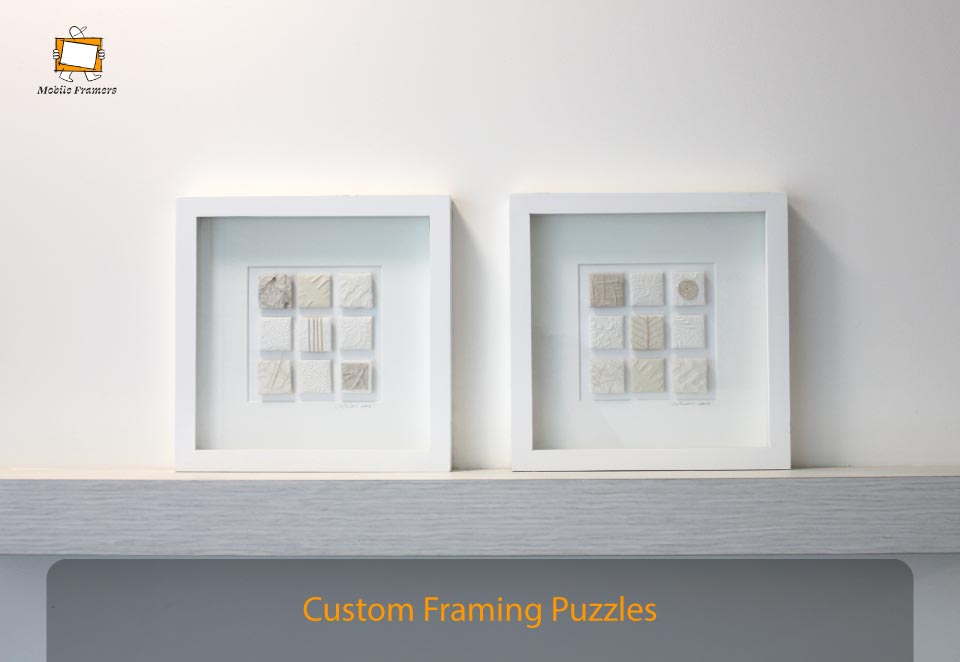You understand how rewarding it feels to look at the completed picture for jigsaw puzzle lovers. After the struggle to complete the puzzle, you wouldn’t want to jumble all its parts instantly sometimes. You may decide to preserve it and showcase your hard work that led to its completion. That’s where custom framing comes in.
If you’ve always wanted to preserve that puzzle or turn it into art, here is your ultimate guide. This article will guide you, right from identifying a suitable adhesive to finally hanging your framed puzzle. Without further delay, let’s get started.
Preparing your puzzle for custom framing
In the step, get an adhesive to bond the puzzle’s pieces together. You’ll have to get the best glue to ensure the pieces won’t fall apart in the framing or hanging process. Still, let the bond be acid-free and with a bit of water content. Let’s now focus on the process of gluing your puzzle.
First, pour a thin glue line down on one of the puzzle’s edges. Then, use a spatula to spread it across. Puzzle glues are packed with a spatula, so you won’t struggle to get one. A good alternative here is the foam brush. Please don’t use a paintbrush in this process, as it leaves noticeable brush strokes.
Don’t worry when you notice that the puzzle is curling once you fix glue on one side, don’t worry. Turn your puzzle over, then apply some glue evenly on its back to fix this. Once it starts drying, it will flatten.
Apply Glue on a Puzzle’s Backing
In this step, you apply glue to the puzzle’s paper backing for extra support. Make sure you choose that’s acid-free and thin. Don’t use acid-free wax paper as it lacks a non-stick area, which will interfere with the adhesive. Due to this factor, pick a simple document that doesn’t have any coating. Again, note if the gluing is thick, you’ll have a few framing options.
Peel and stick puzzle saver film
If you want to change the puzzle’s front or simplify the cleaning process, get an adhesive sheet. Still, you can apply the adhesive only to the puzzle’s back to bond its pieces but not from the bond.
Flip your puzzle over to get two parts of stiff cardboard to sandwich it between. This step sounds weird, but there are things to do to flip the puzzle successfully:
Get two people to help you.
Make use of binder clips along the board’s edges for extra support
Cut two cardboard sheets around your puzzle and be careful to avoid gaps developing in the middle. After you flip the mystery over, apply the adhesive sheet on the reverse side as directed on the packaging. At this step, a rolling pin will help you assert uniform pressure on the adhesive sheets, thereby making the puzzle pieces stick firmly.
Framing your puzzle
This is the fun part you’ve been looking forward to. But there’s still more work for you. Study your puzzle and be keen on its shape. It will help you decide on the most suitable custom framing. If you end up with a particular or non-rectangular form, get the measurements of the widest points. The height and width will help you get the size of the best frame.
Once you get the dimensions of your frame, what’s your framing style? What’s the final look you want to get from your puzzle? What color is your frame? Be careful not to ruin your puzzle’s framing process with the wrong frame. There are many styling styles; make sure you choose the best for your puzzle.
